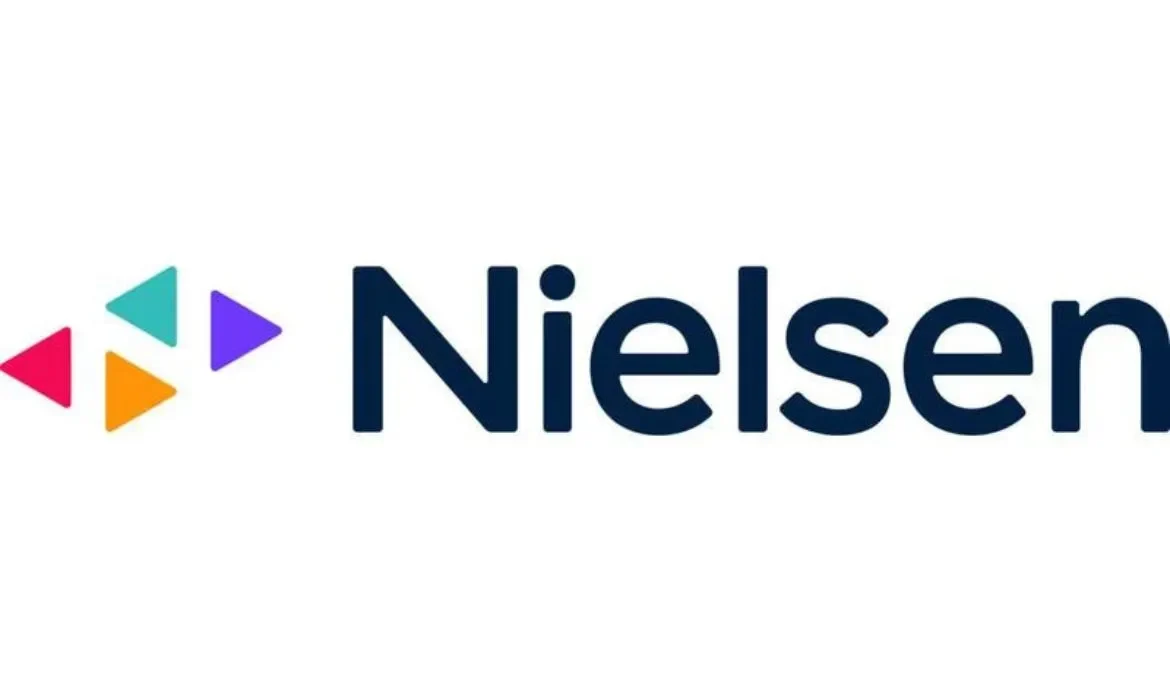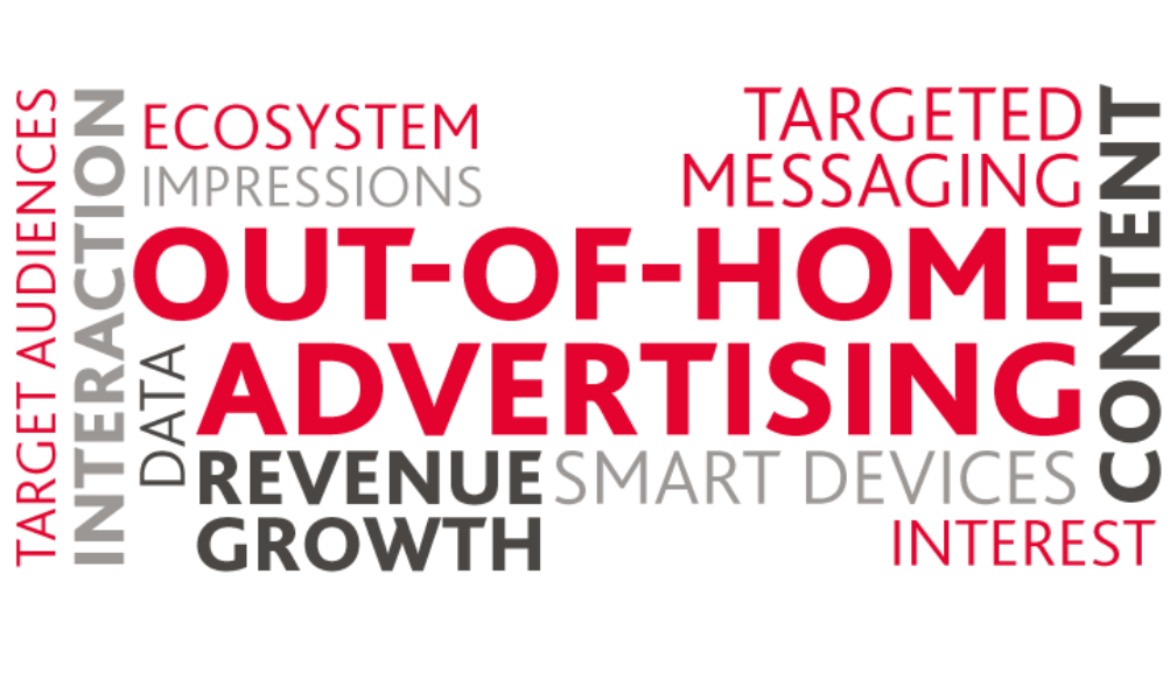Nielsen Announces Expansion of National Out-of-Home (OOH) Panel
Nielsen has announced that its National TV out-of-home (OOH) panel will be expanded. It will include all TV households in the United States. This project is a significant step toward accurate viewership measurement. It attempts to document out-of-home viewing behaviors for every TV household in the United States.
Nielsen has been capturing OOH viewings for nearly a decade
Nielsen has been recording viewings in public spaces such as restaurants, hotels, bars, and airports for almost ten years. The company has provided metrics for audiences who are not at home, using its own Portable People Meter (PPM) Wearables technology. This allows clients to monitor viewership consumption irrespective of platform, screen, or location. Except for Alaska and Hawaii, Nielsen’s OOH coverage will increase from 65% to 100% by adding more residents to the PPM Wearables footprint.
Nielsen went on to emphasize that gaining access to this viewership is essential for television genres that people frequently watch together. It includes events like sporting events, which are becoming one of the most popular live television programming genres. According to company data, American sports fans watched games from the top five sports leagues for an astounding 1.7 trillion minutes outside of their homes in 2023.
Read More: Perion Acquires DOOH Platform Hivestack for USD $100 Million
Streaming TV Consumption Habits and OOH
As people’s consumption of streaming TV increases – to 36% of total television usage by December 2023, according to Nielsen’s The Gauge, the relevance of measuring live sports and other “appointment” viewing on both linear and streaming platforms grows. There is an increasing need to measure this audience as streaming services get more involved in the live sports market. The impact data from the expanded panel is expected to be delivered by Nielsen in Q4 2024. It happens to fall around Super Bowl LIX. This initiative provides advertisers and broadcasters with insightful data across all viewing environments. Moreover, it marks a significant step towards a more comprehensive understanding of TV viewership. Nielsen is the only measurement company in a position to effectively address the growing demand and competition for limited sports programming.
Here’s what they said
Deirdre Thomas, Chief Product Officer, Audience Measurement at Nielsen said,
Nielsen is highly focused on innovating in order to better serve our clients and ensure our measurement accounts for the full landscape of television consumption. We understand how important it is for our clients to be able to have the most complete picture of the audience, especially for special events like the Super Bowl.
Paul Ballew, chief data and analytics officer of the NFL added,
We are appreciative of Nielsen’s efforts to make out-of-home measurement more complete, providing a much clearer picture of the true audience for all television viewing and especially sports viewership. For years we have been consistent in our belief that major sports events, like the upcoming Super Bowl LVIII, are often viewed with family and friends in large gatherings and this expanded out-of-home viewership will be crucial to measuring those events.
Read More: OMG MENA and The Neuron Partner to Transform pDOOH Advertising
Power Of Out-Of-Home Advertising In The Middle East And Road Ahead
OOH- Out-Of-Home Advertising is a media format that walks with you from the time you step out of the house.
Don’t you believe me?
Let’s take a quick walk from your apartment. There is a screen in your elevator or outside your apartment. In a few yards, you’ll see a lamppost or a mupi greeting you. Speeding along at 90km/hr, you will come across attractive signage. And they are everywhere on your visit to supermarkets or malls. OOH is by your side, anywhere and everywhere in UAE all through the day in formats to engage and impress you.
In the UAE, the world’s oldest form of promotion ‘ out-of-home ’ advertising has been evolving over the years. OOH advertising Middle-East still commands a lion’s share of the attention of the media mix. It stands on the tipping point between traditional and technological advancements. The proliferation of new technologies and changing consumer patterns have resulted in a paradigm shift. Before understanding the OOH advertising Middle-East market, let us comprehend the basic concept of Out-Of-Home advertising.
What is Out-Of-Home (OOH) Advertising?
In simple words it OOH Advertising means any visual advertising media that reaches consumers when they are outside of their homes. Outdoor advertising spaces would be lampposts, bridge banners, billboards, wrapping, and more. There is a rise of out-of-home in middle-east. It is not unusual to see huge hoardings in Dubai, bridge banners in Abu Dhabi along with the circuits of Mupis in Sharjah & the Northern Emirates. For those unfamiliar with market prices, there are many options at various price points – even among similar sites from different providers.

Picture Credit: Talon
Interesting Read: JGroup and Blis To Partner For Exclusive Location-Based Advertising In MENA
Out Of Home (OOH) Advertising Middle East And Africa
Outdoor Advertising is the only traditional medium that has steadily grown for the past 10 years. According to PQ Media’s forecast,2020 was the most difficult year for the entire OOH media industry. The onset of a strong recovery, however, is evident this year, with global OOH revenues projected to increase 6.6% to $55.03 billion, followed by accelerating growth in 2022.
Why is this medium so appealing and sustainable? It tackles everything that’s considered a challenge in digital media.
An independent study by Nielson suggests OOH drives online activation. The same study further reveals that nearly five in 10 US adults are engaged on search engines alone when they encounter an outdoor ad. The engagement numbers are even higher on Facebook, Twitter, and Instagram.

Out of Home Advertising Association of America
Statista reveals in 2020, spending on OOH advertising in the Middle-East and Africa (MENA) region amounted to 233 million U.S. dollars. Outdoor advertising is relevant and important considering we live in a mobile economy today. It has the potential and power to create a great impact on the consumers. Consumers are more likely to click on a mobile ad after seeing the ad on OOH. Some more data to help you understand the role of OOH in a brand’s growth, market presence, and loyal customers.
- an average 71% share who said digital billboards stand out better than online ads
- an average 85% share of consumers who think out of home advertising is helpful
- an average 40% boost in effectiveness for digital search when paired with OOH
- an average of $3.79 sales ROI for retail companies per $1 spent on OOH advertising

Interesting Read: Trade Desk Partners With Choueiri Group For Better Programmatic Access In MENA
Industry Experts Speaks On the Biggest Challenges Faced By OOH Advertising Middle East
OOH’s reach and frequency make it a good medium for creating brand awareness and providing a call to action (CTA) with consumers. The hyper-local nature of OOH ads provides people with those “aha” moments. Consumers can recall the first time they saw a ‘special build’ on Sheikh Zayed Road? Or a unique hoarding at Al Kahil? Or a brand new automobile with headlights mounted on the unipole? Or Wrapping a bus on Abu Dhabi’s first transit media?
Unlike any other medium, OOH offers round-the-clock exposure and complete control of the advertising space. However, the OOH advertising Middle East industry faces multiple challenges which dampen future growth.
- There is no regulatory body for the OOH industry to resolve issues faced by the vendors which leads to unhealthy competition at times.
- Spiraling high rents by landlords in spite of softer demand and tight advertising budgets. Also, there is a mismatch in the demand-supply of locations.
- OOH is incapable of providing campaign-specific and every-moment ROI. It lacks advanced measurement tools compelling advertisers to shift to digital due to limited budget.
- Advertisers lose out on brand recall and awareness due to the transfer to digital as they look for value for money and not only impressions.
- Digitization is slow to catch in the OOH industry. MENA is trailing behind in technology and programmatic advancement compared to the international market.
“The main challenge the industry is facing is that it is still full of analogue options, which means any small mistake in or changes to the creative requires additional costs borne by the advertiser. A lack of digitalisation also means there aren’t a lot of things that advertisers can measure natively. At best, they receive a guesstimation of impressions. The other challenge is the fact that today’s consumer wants to see ads tailored to their interests.” -SAEED ALSHAMSI , Managing Partner, Lifeonscreen (OOH Guide 2019-20)
“There is a wrong perception that outdoor is competing with digital, and clients and agencies are focusing on programmatic planning via social media and online, and using OOH as a secondary medium to complement online.” – REHAN MERCHANT, Group CEO, Emirates Neon Group (OOH Guide 2019-20)
The Road Ahead
Amidst a fragmented media landscape, OOH is a relevant medium that has a wider reach and makes people stop-notice-think-buy. But what’s next for the OOH industry? Digital, Digital, and Digital.
OOH complements other media channels but DOOH is the ultimate. The OOH advertising Middle East industry is moving at a slow pace towards digitization but it will experience a revolution. In recent times, DOOH has taken off and cannot be easily avoided, skipped, or blocked, unlike online TV adverts. A large 3D illusion LED billboard to smart screens across the city with interactive elements like sensors, touch-sensitive links that play audio or video when touched, or facial recognition to customize content. It is necessary to develop standardized processes, measurement tools, and retargeting strategies to programmatically handle DOOH. Due to these robust technologies, OOH suppliers will better invest in resources and integrate these solutions as a part of their portfolios.
People are well on their way to embracing technology in media, and artificial intelligence with digital formats of real-time trading will have a positive impact on gaining traction. And what’s more, the transition from static to digital sites will continue
Interesting Read: All You Need To Know About The Rise Of DOOH Advertising!



